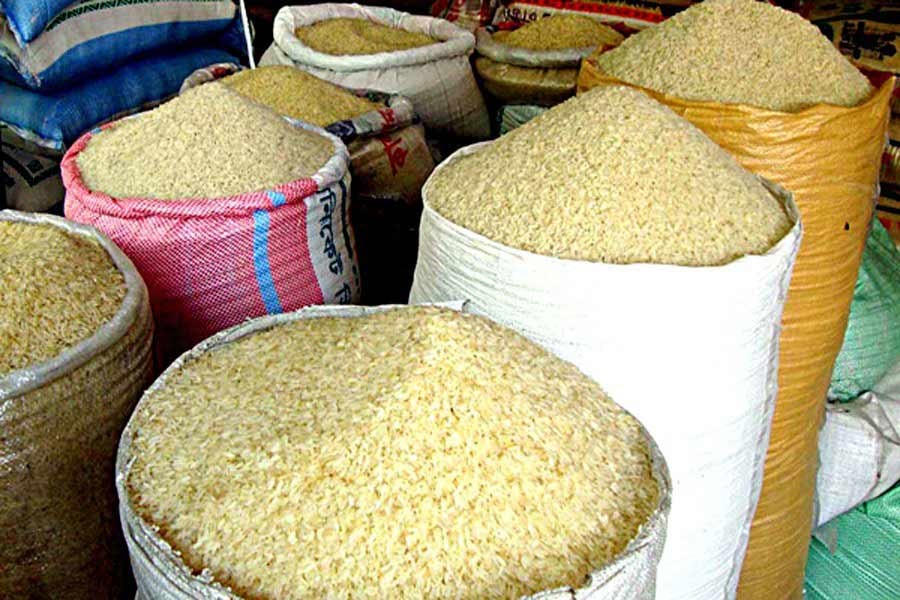
Published :
Updated :

That prices of rice and paddy have gone up in the harvesting season is unprecedented. But this is what has exactly happened this time. Millers, hoarders and traders could perhaps sense that the inclement and hostile weather during the harvesting of Boro paddy would cause substantial crop losses. So they launched an aggressive drive to procure paddy from farmers when harvesting faced crisis of farm labourers and inclement weather left hardly any option open to the latter other than disposing of yield at much lower prices --- in some cases lower than the production cost. Now that the harvesting is over and the majority of farmers have already disposed of the paddy in excess to the stock they need for their annual consumption, millers, hoarders and traders have appeared on the scene with an ulterior motive to make the most of the situation.
Rice market has remained jittery for the past three years. Although harvests for all these years were good and the official position, as maintained for quite sometime, was that the country had earned self-sufficiency in food grains, the myth soon got busted in 2020. The government had to hurry up for replenishing the deficit from the international market which did not have a lot to spare because of earlier commitments. So the percentage of duty on rice import by private importers was brought down to 25 per cent from 62.5 per cent in December 2020. Such measures are taken to meet emergency on the grain front. But usually the country faced such food crises in the pre-harvest seasons not in the post-harvest period. It is unbelievable that the price of a kilogram of rice can go up by Tk 6.0-8.0 and paddy by 5.0-6.0 within a week when harvesting season has barely come to an end.
The millers and traders have, true to their false pretexts, cited price hike of rice in the international market. Apart from Thailand, no other rice exporting country has hiked the price of its exportable grains. In fact, in India, the largest exporter of all, the price of rice has dropped from $351-356 to $350-354 dollar a tonne. The variation in prices of the same kind of coarse rice between Bangladesh and India is striking indeed. A tonne of coarse rice in India is priced at the highest at $359 whereas the same is priced at $450 in Bangladesh. Millers and traders have held consumers a hostage in this country. India's federal character does not allow any such commercial intrigues.
The import duty once again raised in order to protect farmers at 62.5 per cent now warrants downwards revision for importing rice at a much cheaper price. A similar move earlier proved more or less effective in stabilising the domestic rice market. This time it will be no different. But the government could give a better account of itself by helping farmers harvest their paddy, preferably by supplying mechanised harvesters, when shortage of farm hands during the peak harvesting period has caused 2.0-3.0 per cent damage to the total output. Again, a vigorously led direct procurement drive by the government could prove a pre-emptive action against millers' and traders' ill-designed manoeuvre.


 For all latest news, follow The Financial Express Google News channel.
For all latest news, follow The Financial Express Google News channel.